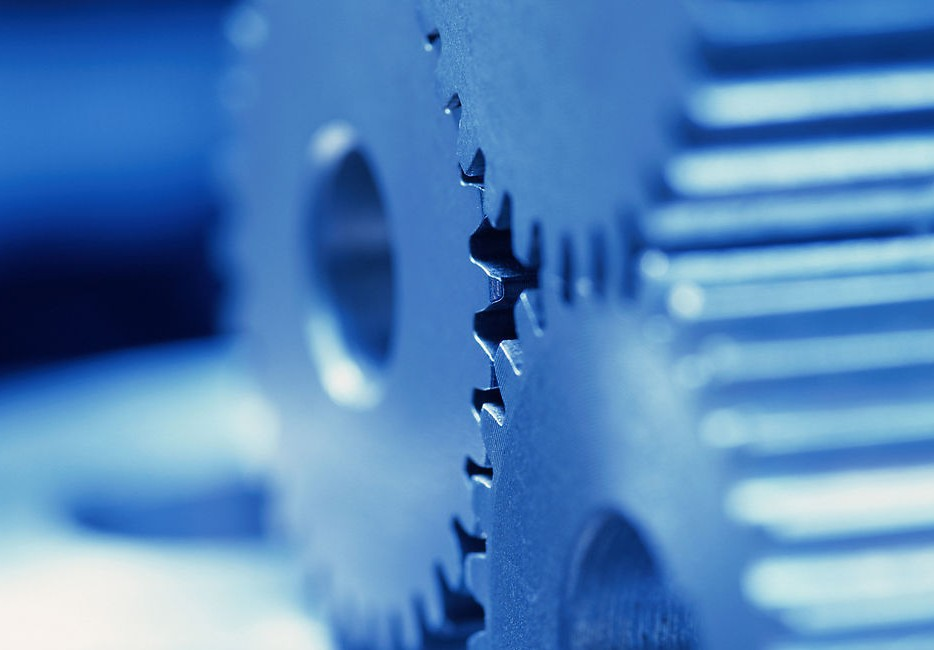Mechanical CE certification
Machinery CE Certification Directive

1. Introduction of Mechanical MD Directive Certification
According to the provisions of Article 1.2 of the Machinery Directive, any combination of components is formed. Those that move at least in part for material processing, handling, or packaging purposes, and which are moved by appropriate actuators, controls, or circuits, are referred to as "machines." The term "machinery" also includes groups of machines arranged and controlled for the integrated functions of processing, handling, handling, packaging, etc. of raw materials. In addition, some "security components" that ensure safety in use, and if the component fails, will endanger the safety or health of the personnel exposed to it, also belong to the generalized machinery covered by this directive.
Machinery Directive product range
According to the provisions of the Machinery Directive, the following machinery does not belong to the scope of this Directive (Article):
1. Designed and constructed as lift and/or transport equipment for carrying passengers, whether loaded or not, except for industrial trucks with lift operators attached.
2. Machinery that relies solely on human power for direct power, unless the machinery is used for stacking goods.
3. Medical machinery that is in direct contact with patients.
4. Special equipment for open squares or amusement parks,
5. Steam boilers, tanks and pressure vessels,
6. Specially designed or applied machinery for nuclear energy use, in the event of an accident, will lead to the leakage of radiation energy,
7. The radioactive components form part of the machine,
8. Light weapons,
9. Storage tanks and conveying pipelines for gasoline, diesel oil, flammable liquids and dangerous goods,
10. Means of transport: means those means of transport and their trailers that transport people and/or goods by public transport networks such as roads, railways, waterways and in the air, and should be regarded as means of transport. However, transport vehicles used in the mining industry are covered by this Directive.
11. Vessels and offshore maneuvering equipment equipped with relevant equipment.
12. For public or private transportation, people-carrying gondolas and gondolas pulled by ropes.
13. Agricultural and forestry traction machines, as defined in Article 1, paragraph 1 (1) of Directive 74/150EEC Bulletin, on the European market harmonizing the type certification of wheeled agricultural or forest traction machines. Amended by Directive (2) of Gazette 88/29/EEC.
14. Machines specially designed and constructed for military or police use,
15. Permanent use of lifts in buildings or buildings within a certain height range. Its movable car box is fixed between the guide rails at an angle of more than 15º from the horizontal, and is designed to transport:
— personnel,
- people and goods,
- Goods, but with human accessibility. This means that people can enter it without difficulty, and its control part is located in the car box and within easy reach of people.
- Vehicles for carrying people and climbing with pinions and racks.
- mining wringers,
- lifts for theatres,
- Cranes used on construction sites to carry people or both people and goods.
2. Product classification of the Machinery Directive:
Machinery is divided into ordinary machinery and dangerous machinery in the European Union. The Machinery Directive stipulates which products are dangerous for mechanical products and safety components (dangerous machinery, such as punching machines, injection molding machines, aerial work platforms, woodworking saws, etc.) belonging to Appendix IV. Machinery) belongs to dangerous machinery, and the certification body must do EC type test, and the requirements are relatively strict.
The Machinery Directive (2006/42/EC) applies to machinery, mobile machinery, mechanical devices, machines used to lift and transport people and safety accessories. The essential health and safety requirements (EHSR) specified in the regulations cover the entire field of mechanical engineering:
Procedure for applying for CE certification
1. The application is made by the enterprise
2. Both parties sign a certification contract
3. The enterprise provides testing samples and technical documents
4. Carry out sample testing and technical document review
5. Issuing a certificate of compliance
6. The enterprise issues a declaration of conformity
7. The enterprise attaches the CE mark on the product
Mechanical product evaluation is mainly divided into mechanical safety evaluation and safety testing involving electrical equipment.
Regarding the electrical energy requirements section, the product must meet the requirements of the Low Voltage Directive and the Electromagnetic Compatibility Directive (EMC). The requirements for the EMC Directive are strict, and he requires that products not only do not allow the emission of electromagnetic interference, but also that their products are resistant to electromagnetic interference. Any electronic product must pass CE certification to prove that this product has general acceptance in the European Union.
Risk of non-compliance with CE marking
1. Once an attempt is made to pass through the customs, if the customs detects it, not only the original goods must be returned, but the EU competent authority will inform the member states that the product is prohibited from customs clearance in the EU.
2. If you pass the customs by being deceived (including not sticking the CE mark, or sticking the CE mark arbitrarily without meeting the requirements), you may also be reported by the same industry, or accused by consumer protection groups in the EU, and the reputation of the manufacturer will suffer. a major blow.
3. Once such a product has a dangerous accident, it will bear a heavy liability for compensation because it has not actually fulfilled its responsibility for safety protection; it may even be judged as intentional negligence, and it will be required to pay punitive damages.
3. Can mechanical CE certification be applied in series?
The division principle of mechanical CE certification series is: whether the product name is the same, whether the structure is the same, whether the key components are the same, and the PCB principle is the same. Only when these are met, can each mechanical model series be applied for.





